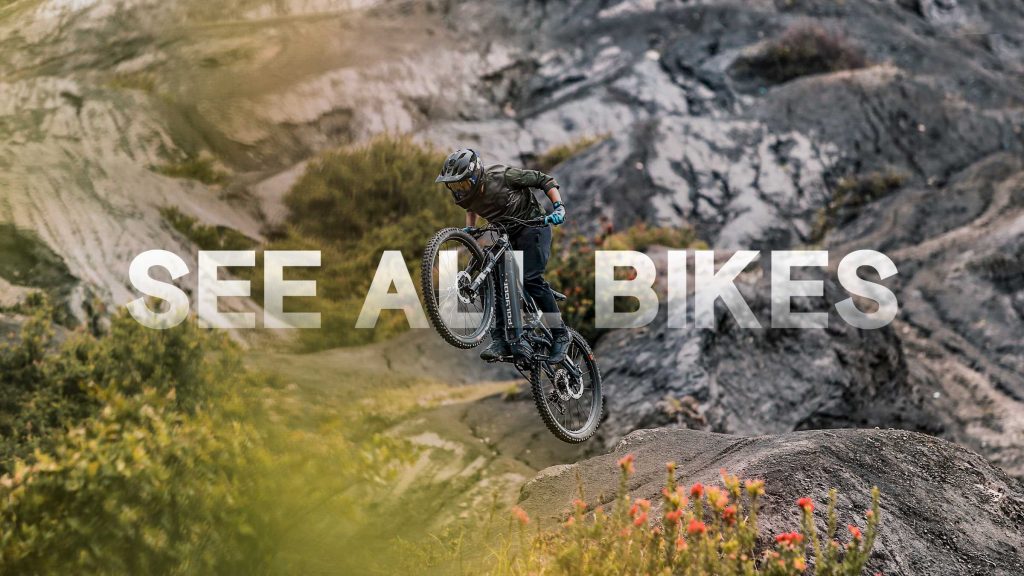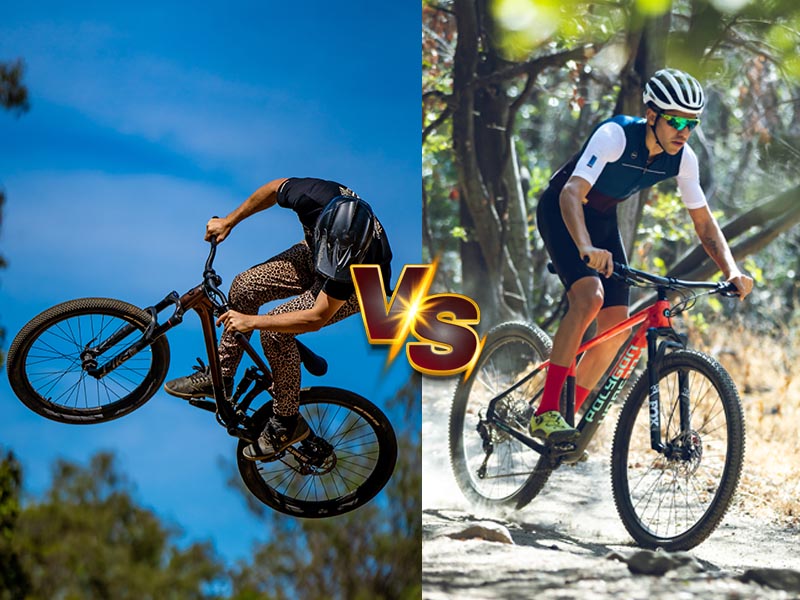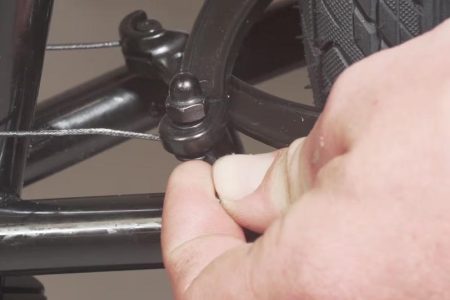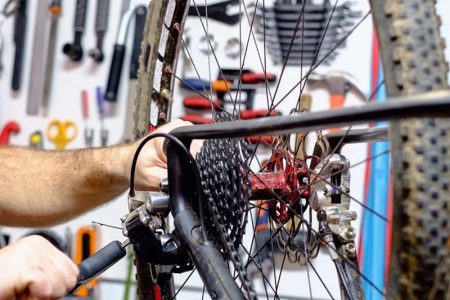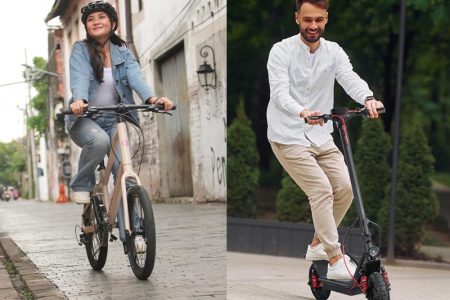When Jumps Meet Journeys
Some bikes are built for speed. Others for distance. And then there are the ones made purely for fun.
That’s where the Dirt Jump Bike and the Hardtail MTB come in, two rugged machines designed to take hits, land tricks, and put the biggest grin on our faces. Both can shred, both can jump, but the way they do it feels different.
It’s like two musicians playing the same genre but with completely different instruments, one’s all about explosive solos, the other can play the whole song from start to finish.
In this guide, we’ll explore Dirt Jump Bike vs Hardtail MTB from our perspective as riders who have tested both, so you can figure out which one will give you the most joy.
Quick Difference: Purpose & Weight
Here’s the quick pitch: a Dirt Jump Bike (DJ bike) is a small but mighty specialist, with minimal gears, short-travel suspension, a light frame, and geometry tuned for explosive tricks and pump track sessions. It thrives in skateparks, dirt jumps, and urban spots where style matters as much as speed.
A Hardtail MTB is the all-rounder; it can climb, cruise trails, take on downhill sections, and yes, catch some air. It’s usually heavier than a DJ bike, has more gears, and a longer suspension fork. It’s not the ultimate trick machine, but it’s versatile enough for all-day rides and varied terrain.
In short, the DJ bike is a jump specialist, and the Hardtail MTB (mountain bike) is an adventure generalist.
Head-to-Head: DJ Bike vs Hardtail MTB
| Feature | Dirt Jump Bike (DJ Bike) | Hardtail MTB |
| Suspension | Short travel (80–100 mm) fork for landings and pump tracks | Longer travel (100–140 mm) for comfort & rough trails |
| Gearing | Single-speed or minimal gears for simplicity | Wide gear range for climbs & varied terrain |
| Geometry | Compact frame, steep head angle, low standover height for tricks | Longer frame, slacker head angle for stability on descents |
| Versatility | Best for jumps, skateparks, street riding | Great for trails, XC, downhill, and casual jumps |
How the Differences Feel on the Trail
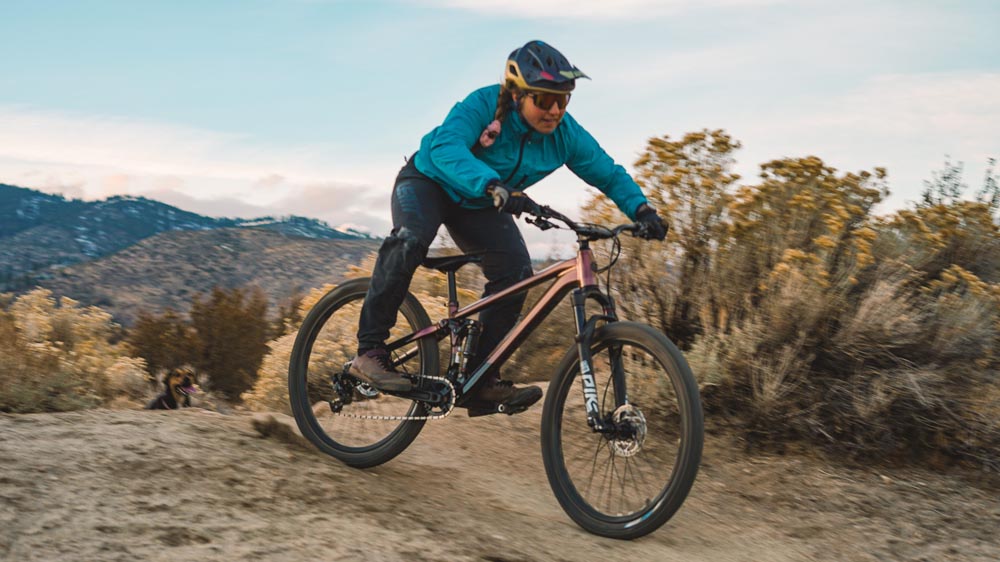
The first time you hopped on a DJ bike, it felt like swapping hiking boots for sneakers; everything was nimble, reactive, and ready to pop.
The low seat and single gear made it obvious: pedaling up long climbs is not its job. The frame and wheels felt tank-strong, shrugging off hard landings without flinching.
Then there’s the first ride on a hardtail MTB — it’s a different kind of magic. The mountain bike wants to roll forward, climb efficiently, and keep going. The fork smooths out trail chatter; the gearing lets us find the perfect cadence for long uphill grinds. The ride feels balanced between comfort, speed, and control.
Where the DJ bike invites us to spend hours sessioning the same jump until it’s perfect, the hardtail MTB tempts us to explore a new trail system just to see what’s around the next bend.
Which One’s for You?
Dirt Jump Bike: For the Airtime Addict

With a Dirt Jump Bike, every ride feels like a focused session. We’re drawn to skateparks, pump tracks, and dirt jump lines, chasing that satisfying feeling of sticking a trick we’ve been working on all day.
The bike’s compact geometry and short-travel suspension make it unbelievably responsive, while its bomb-proof build shrugs off hard landings.
It’s like a BMX that’s leveled up for bigger hits, but built for precision, style, and the pure joy of airtime, not for grinding out long-distance miles.
Hardtail MTB: For the Explorer with a Wild Side
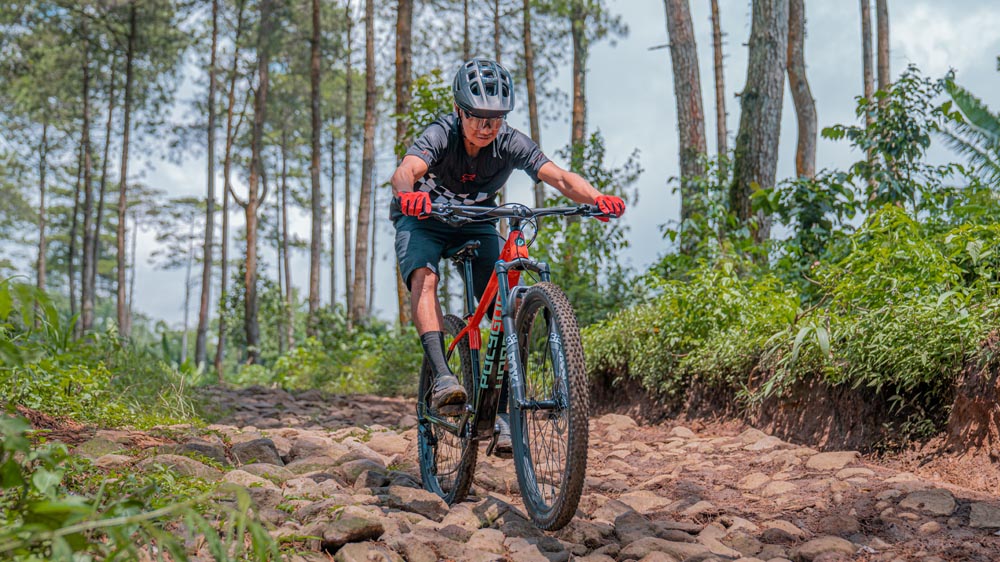
A Hardtail MTB, on the other hand, invites us to roam. One day it’s forest singletrack, the next it’s fire roads or urban shortcuts. It’s equally happy climbing as it is descending, and while it can handle jumps, they’re just part of a bigger journey.
This is the bike we take when we want to explore without knowing exactly where we’ll end up. Its versatility makes it feel like the Swiss Army knife of cycling; reliable, adaptable, and ready for whatever the ride becomes.
Two bikes, two personalities: one thrives on repetition and mastery, the other on variety and adventure.
Can We Jump with a Hardtail MTB?
The answer is yes, absolutely — but with limits.
A hardtail MTB can handle jumps, drops, and park sessions, especially if it’s a more aggressive model with slacker geometry. However, it’s not going to feel as quick or as precise in the air as a DJ bike. The longer wheelbase and bigger wheels make rotations and tricks harder to pull off.
Think of it like footwear: ballet shoes and hiking boots can both move to music, but they’re built for different stages.
Read also
Tips If You Want to Mix Things Up
- If we want both jumps and trails, choose a progressive hardtail with aggressive geometry (shorter chainstays, slacker head angle) so it can handle jumps without feeling sluggish.
- If we want to turn a DJ bike into a trail bike, it’s possible, but not practical. Bigger wheels, more gears, and geometry changes would be needed. Better to have the right bike for the job.
- Prioritize strong parts, whether jumping or riding trails, invest in strong rims, quality tires, and a fork tuned for the type of hits you’ll take.
Final Thoughts
Choosing between a Dirt Jump Bike and a Hardtail MTB isn’t about which is better, but it’s about which matches how we ride.
If we want to focus on tricks, airtime, and skatepark vibes, the DJ bike is the clear winner. If we want versatility, long-ride comfort, and the option to do a bit of everything, the hardtail MTB has our back.
And here’s the truth: many riders eventually want both. One for the days when it’s all about progression and style, and one for exploring, climbing, and rolling through whatever the trail throws at us.
Whichever we choose first, we’ll probably end up adding the other, because in the world of bikes, there’s no such thing as too much fun.


